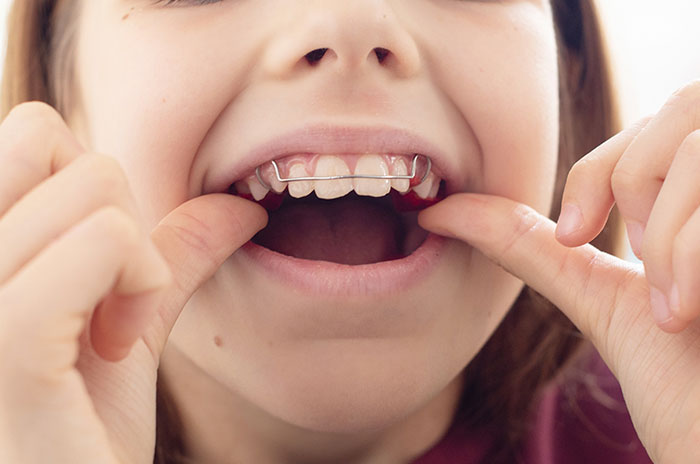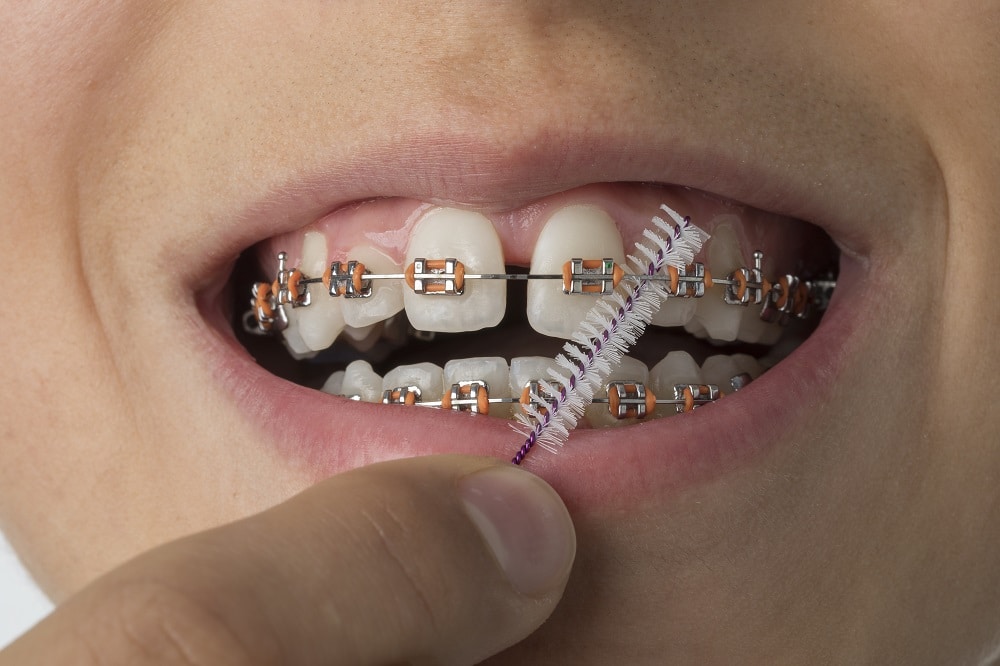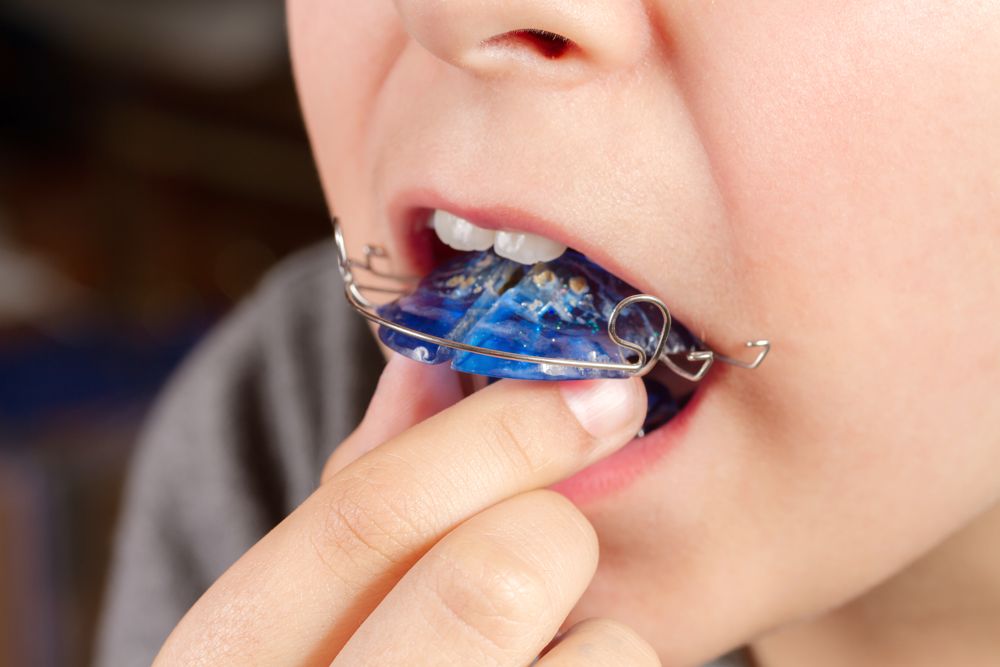Orthodontics for children
CUSTOMIZED TREATMENTS
Orthopediatrics
Orthopediatrics is a branch of dentistry that controls and corrects the growth problems of oral and facial structures in children. Its objective is to harmonize the bone growth to provide a correct masticatory function, help phonation, swallowing and very important to breathing.
The most important thing is to detect these growth anomalies in time, in order to act as soon as possible so that it is not too late. This is of utmost importance because in a child, during the growth period, an anomaly of the jaws can be corrected with an appliance, while in an adult patient it becomes a more complex treatment and surgery would be necessary.
With orthopedics we do not achieve dental alignment but it does help us to achieve this goal. We can use removable appliances (that the patient himself can remove and put on) or fixed appliances, this depends on each case and the collaboration of the child.
Pediatric orthodontics, on the other hand, focuses on the development and alignment of teeth and jaw bones in children.
Characteristics:
- Bone development: Promotes proper jaw growth.
- Speed: Generally, treatment is shorter.
- Less painful:The teeth are growing, which makes the treatment less uncomfortable.
- Correction of problems: Addresses problems such as open bite, crossbite and overbite.
When and under what circumstances should we take children to an orthodontic specialist?
It is advisable that the first check-up by an orthodontist be done around the age of 6-8 years. 6-8 years of age. At this age, the orthodontist can detect problems with jaw growth and emerging teeth.
Phases of orthopedic and orthodontic treatment of children with braces
- Phase 1: The first phase of this treatment generally begins between the ages of 7 and 9 and the objective is to correct the bone to facilitate proper denture formation. Common problems such as crossbites and other jaw discrepancies can be eliminated in this phase.
- Maintenance phase and eruption and growth checks: After phase 1 treatment, the remaining permanent teeth are allowed to erupt. We allow the teeth to expand naturally and fall into the space that has been created by phase 1, the patient will be seen approximately twice a year, and in certain cases a retainer may be recommended.
- Phase 2: The second phase of treatment is carried out when most of the teeth have erupted. While phase 1 will have created the necessary space for growth, the teeth may still have alignment problems. This phase usually lasts twelve to twenty-four months and is usually performed after the age of 12 or 13 years. 12 to 13 years of age years of age and older.




